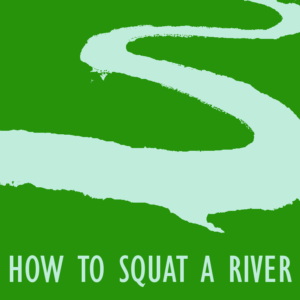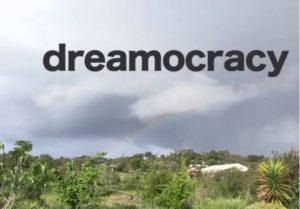
Joana Dias, coordenadora do Projeto Bola Colorida, da Academia Cidadã e Associação Nacional de Futebol de Rua, no programa Agora Nós da RTP. A Federação Portuguesa de Futebol atribuiu, pelo segundo ano, o prémio Futebol Para Todos. A nossa parceria de futebol cidadão foi uma das vencedoras deste ano. A reportagem e entrevista pode ser vista aqui. Mais informação sobre o projeto aqui ou no facebook. E aqui, o vídeo completo, com os 2 vencedores do Prémio “Futebol Para Todos”, incluindo o nosso projeto:



 Português
Português










